VMT News aims to share our practical experience and knowledge accumulated during the manufacturing and product development process. Our goal is to use these articles to help you improve product design and increase your understanding of CNC machining, 3D printing, rapid prototyping, low-volume manufacturing, and surface treatment technologies. The information we provide is designed to provide actionable guidance and insights for your CNC machining projects.
What is CNC Precision Machining? A Beginner’s Guide
CNC precision machining technology can stably replicate tiny and complex components with an accuracy of one-thousandth of an inch. At the same time, it also makes it possible to manufacture large machinery and heavy metal parts. Due to its high precision, high efficiency and high flexibility, CNC precision machining has been widely used in many fields, including automobile manufacturing, aerospace, medical equipment, defense industry, etc.
This article allows us to understand the meaning of precision CNC machining, the process, equipment, advantages and disadvantages and applications of precision CNC machining.
What is CNC Precision Machining?
CNC precision machining is a highly automated manufacturing process that uses computer numerical control (CNC) technology to drive CNC machine tools to remove materials precisely according to pre-designed CAD models and instructions generated by CAM software. This process can produce finished products with extremely high precision (usually tolerances within ±0.1 to 0.2 mm) and complex shapes while ensuring short delivery times.
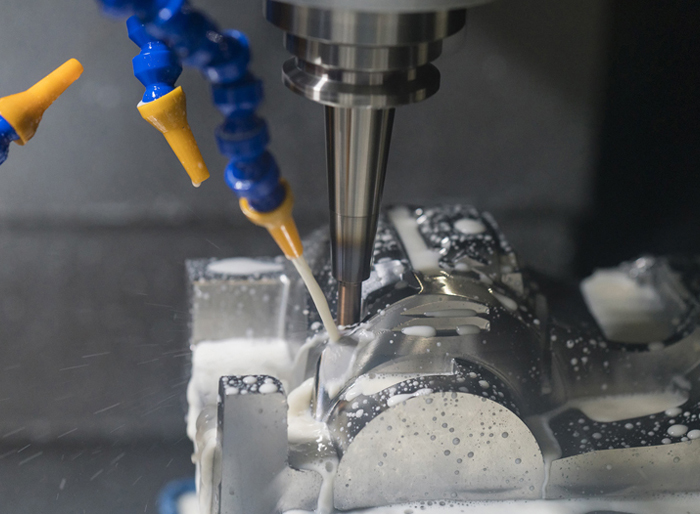
CNC Precision Machining Process
Design and CAD modeling: Use computer-aided design (CAD) software to design and model the parts in detail. This stage determines the geometry, size specifications and processing requirements of the parts, laying the foundation for subsequent steps.
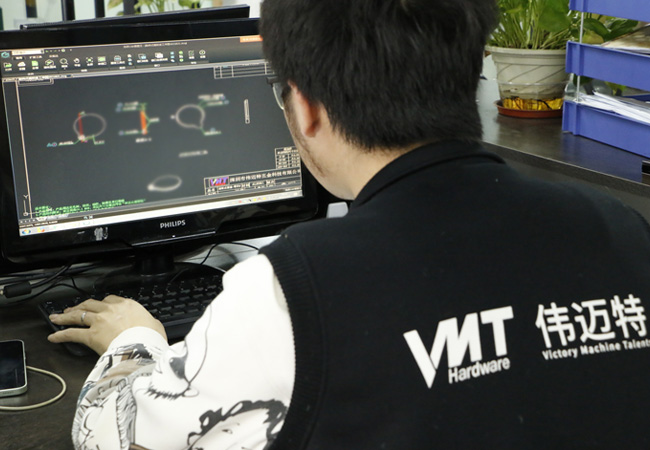
CNC programming: Based on the CAD model, use CNC programming software to develop the processing program. When programming, the processing path, cutting parameters and machine tool characteristics of the parts must be considered to ensure the accuracy and efficiency of the program.
Fixing and preparation: Before processing, the workpiece is properly fixed on the machine tool, and the appropriate fixture is used to ensure its accurate position. At the same time, the machine tool is set up as necessary, including installing the tool, adjusting the cutting parameters, etc., to prepare for processing.
CNC machine tool settings and processing: Input the programmed program into the CNC machine tool and start the machine tool for automated processing. The machine tool will perform cutting operations strictly according to the preset program to complete the part processing process.
Post-processing and finishing: After processing, the post-processing stage begins, including preliminary cleaning of the workpiece to remove cutting residues and preliminary quality inspection to ensure that there are no obvious processing defects. Subsequently, finishing processing is carried out as required to further improve the surface quality and accuracy of the parts, and finally the workpiece processing is completed and meets the design requirements.
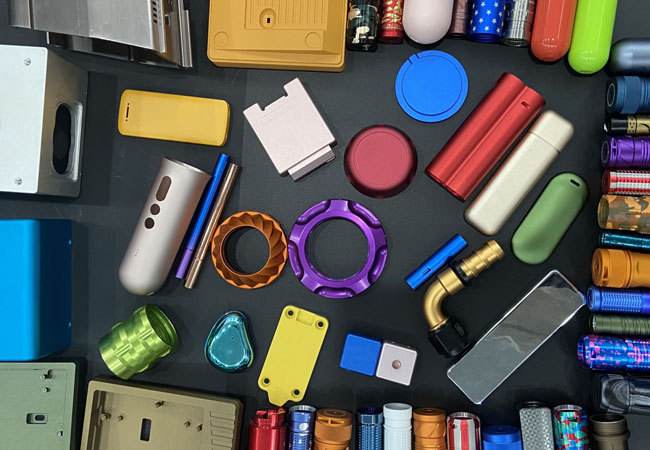
Classification of Precision CNC Machine Tools?
Precision CNC machine tools can be divided into several categories according to their processing methods, structural characteristics and functional uses:
CNC lathe: CNC lathe is mainly used to process rotating parts such as shafts, discs, sleeves, etc. It realizes automatic processing by pre-programming to control the relative movement of the tool and the workpiece. Its high precision and high efficiency make it widely used in the field of mechanical processing. Modern CNC lathes also have some extended functions, such as turning and milling compound processing, which further improves its processing capabilities and flexibility.
CNC milling machine: CNC milling machine is good at processing parts with complex shapes, such as curved surfaces and molds. It has a multi-axis linkage function and can accurately control the motion trajectory of the tool in three-dimensional space to meet the needs of high-precision processing. CNC milling machine also has high-speed processing capabilities, shortening the processing cycle and improving production efficiency. At the same time, its flexible tool and fixture replacement system enables it to adapt to the processing of parts of different materials and shapes.
Multi-axis CNC machining: Multi-axis CNC machining is an important branch of precision CNC machine tools. It shows a high degree of flexibility and precision according to the processing methods, structural characteristics and functional uses. Multi-axis CNC machining machine tools usually have three or more motion axes that can be controlled simultaneously or independently. These axes can work together to achieve efficient and high-precision processing of complex three-dimensional shapes.
CNC drilling machine: CNC drilling machine focuses on the processing of hole parts. It controls the feed and rotation of the drill bit through a precise CNC system to achieve efficient and accurate drilling operations. It supports multi-axis linkage drilling and can complete drilling at multiple angles and depths at one time, improving processing efficiency. In addition, CNC drilling machine also has an automatic tool change function, which further improves processing efficiency and flexibility.
CNC grinding machine: CNC grinding machine is mainly used for high-precision grinding of parts surface to ensure the surface finish and dimensional accuracy of parts. It supports a variety of grinding methods to meet the processing needs of parts of different shapes and sizes. CNC grinding machine has a high degree of automation capability and can automatically complete the dressing of grinding wheels, clamping of workpieces and adjustment of grinding parameters, reducing manual intervention and improving the consistency and stability of processing.
Our CNC Machining Capabilities
We specialize in the field of precision CNC machining, and have the technical capabilities of high-precision turning and milling composite machining, CNC Swiss machine operation, automatic lathe precision parts processing, and four-axis and five-axis linkage CNC machining centers. We have an experienced technical team dedicated to providing customers with high-quality and efficient processing services.
Materials Suitable for CNC Precision Machining
Metals and Their Alloys:
Metals such as stainless steel, aluminum alloys, titanium alloys, and copper alloys are often used in precision machining due to their high strength and good corrosion resistance. They are suitable for many fields such as medical, aviation, and automobiles.
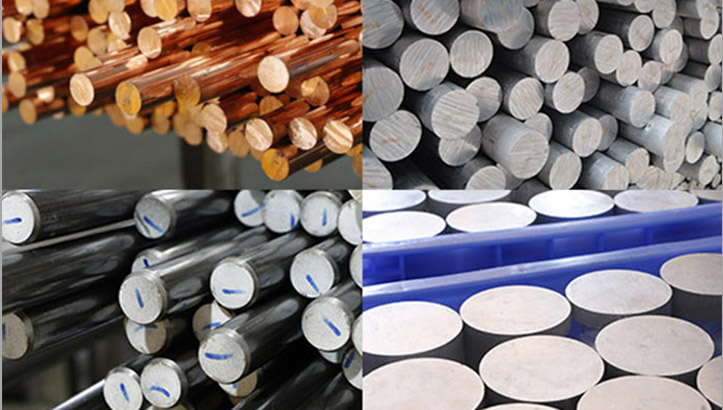
Engineering Plastics:
High-performance engineering plastics such as polycarbonate,nylon and polyetheretherketone are also suitable for precision processing due to their unique physical and chemical properties. They are often used in the manufacture of glasses, medical device housings, etc.
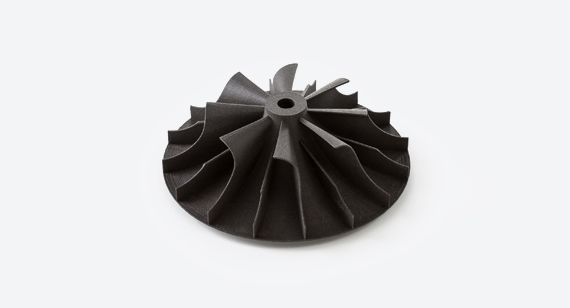
Advantages and Disadvantages of Precision CNC Machining
Advantages of Precision CNC Machining
High Precision and Accuracy: Precision CNC machining is known for its excellent micron-level machining accuracy, with tolerances as low as +/- 0.005 mm, which perfectly meets the needs of high-precision components such as medical devices and optical devices. The combination of programmable tool paths and CNC equipment ensures machining repeatability and achieves high consistency in part size and shape.
High efficiency and flexibility: The highly automated machining process reduces manual intervention and significantly improves production efficiency and machining speed. At the same time, CNC machining can handle parts with complex geometries, such as 3D contours, precision angle holes, and tiny features, which can be easily achieved through multi-axis milling and turning centers, demonstrating its strong adaptability and flexibility.
Wide range of material applicability: Whether it is metal, plastic, composite material, technical ceramics, or even rare alloys, precision CNC machining can perform precision machining according to customized specifications and surface treatment requirements, meeting the diverse material processing needs.
Scalability and versatility: CNC machine tools are not only suitable for producing one-off prototypes, but also for mass production. The versatility of programming makes them suitable for a wide range of applications. Combined with the automated pallet system, unattended manufacturing can be achieved, further improving production efficiency and flexibility.
Cost-effectiveness: For small and medium batch production, CNC machining is more cost-effective than casting/molding methods. Through the rapid changeover between jobs, the hard tooling costs are eliminated, making CNC machining more cost-effective.
Disadvantages of Precision CNC Machining
Size limitation and precision trade-off: Although CNC machining can achieve high-precision machining in most cases, it faces the trade-off between size limitation and precision when processing slender parts or pursuing the smallest feature size.
Complex programming requirements: Although CAM software is powerful, the programming process still requires rich expertise and experience. Skilled professionals must combine tribal knowledge to ensure the rationality of parameters such as tool selection, processing sequence, feed/speed, etc., so as to achieve the best processing results.
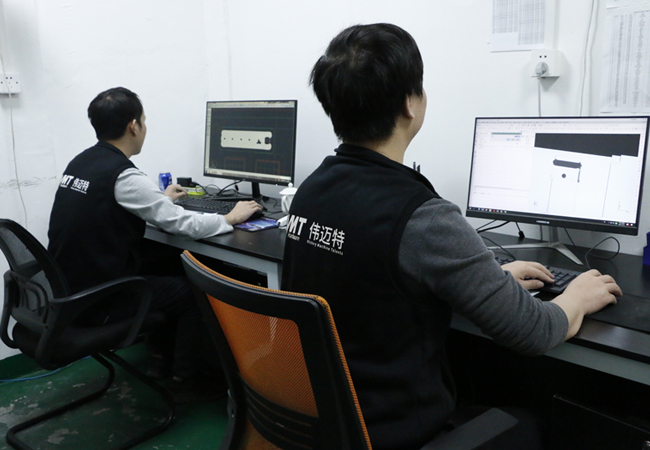
Main applications and industries of CNC precision parts
Aerospace:
Used to manufacture aircraft engine components, fuselage structural parts and other key components, which require extremely high processing accuracy and material performance.
Automobile manufacturing: It plays an important role in the processing of high-precision parts such as engine parts, transmission gears, and body molds.
Optical field:
By controlling tolerances to micrometers, we are able to create extremely smooth surfaces, enabling us to manufacture high-quality mirrors, lenses, prisms and other optical components that are critical for precisely controlling the path of light.
Electronics Manufacturing:
With the rapid development of electronic technology, precision CNC machining plays an increasingly important role in the manufacturing of electronic products. From semiconductor chips to various consumer electronic devices, the trend of miniaturization and complexity has put forward higher requirements for machining accuracy. CNC machining technology can easily meet these challenges and produce miniature housings, precision connectors and complex micro features.
In conclusion
CNC precision machining solves complexity and precision problems by automating operations and reducing human intervention, ensuring efficient and rapid production of high-precision parts. It is widely used in various industries and relies on advanced CNC technology to achieve precise processing of complex shapes and tiny features.



